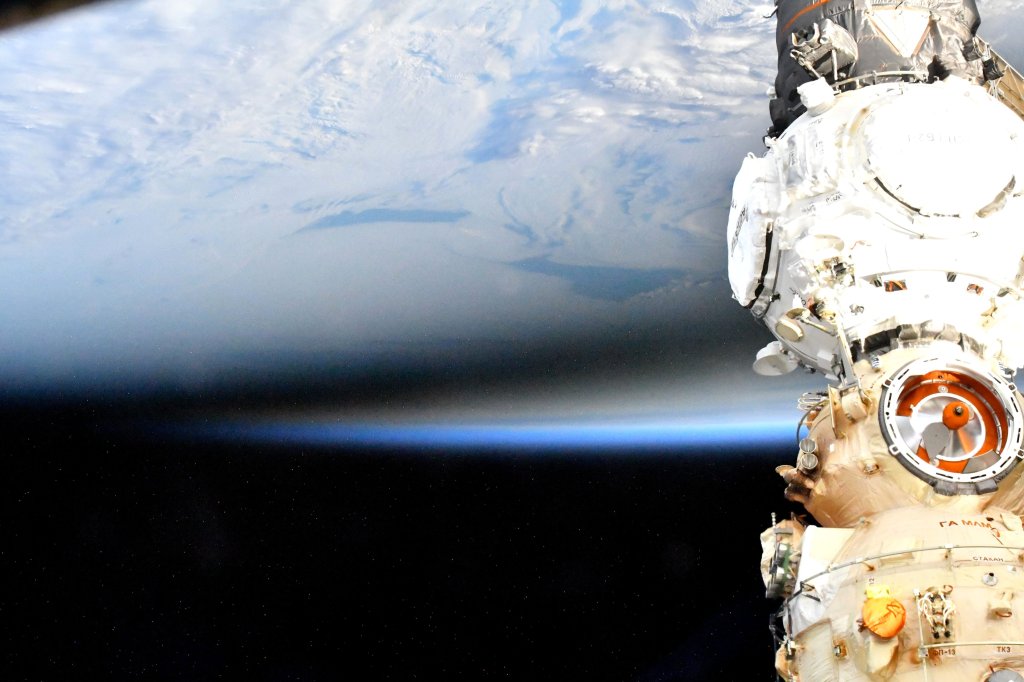
Over the weekend, we got to witness a planetary gem, a total solar eclipse. Unfortunately, it took place over Antarctica, meaning the vast majority of us couldn’t see it in person, but the best view ended up coming from above.
Every so often, we get treated to solar eclipses somewhere around the globe. This year a total solar eclipse took place near the south pole on the continent of Antarctica. A solar eclipse is when the Moon passes in front of the Sun in relation to Earth. These are rare and happen only a few times each year. What is even rarer are total solar eclipses. These are when the Moon is at the right distance from Earth and point in its orbit to block out the entire Sun.
While you and I couldn’t make the long and expensive trip south to see the eclipse with our own eyes, NASA did provide a live stream of it for anyone to watch. However, the best view came from those inhabiting the next most remote research facility next to Antarctica, the International Space Station.
High above Earth, NASA astronaut Kayla Barron, who launched to the station on SpaceX’s Crew-3, captured some sweet photos of the Moon’s shadow across the planet – a view you can only see from the vantage point of orbit. In the foreground of the photos, you can see the newly installed Prichal module on the Russian segment.
The next total solar eclipse will be April 20, 2023, in the Pacific Ocean just north of Australia. For North America, we should expect one in April 2024, and for Europe, one will cross most of Spain in 2026. So mark your calendars and start making plans if you hope to catch one of these rare and spectacular events in person.
Enjoy reading Space Explored?
Help others find us by following on Apple News and Google News. Be sure to check us out on YouTube, Twitter, Facebook, and Instagram, join our Discord!
FTC: We use income earning auto affiliate links. More.





Comments